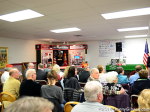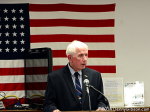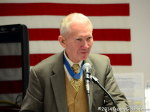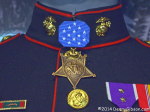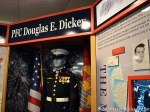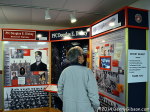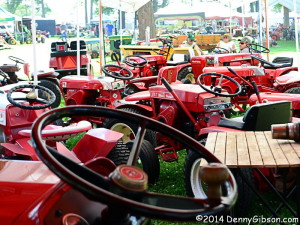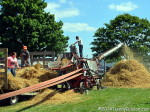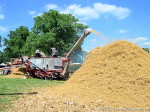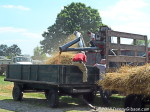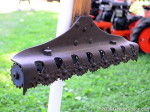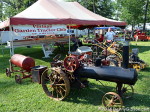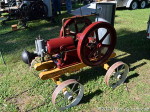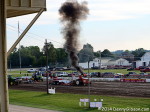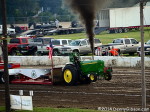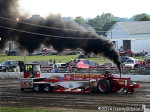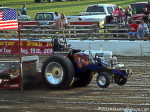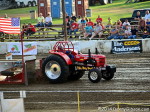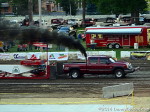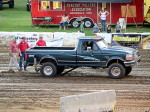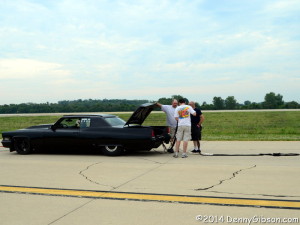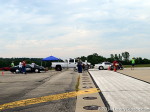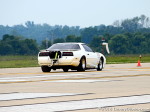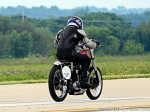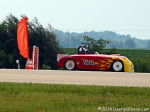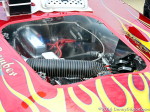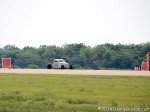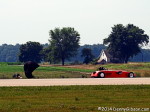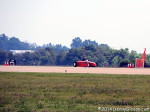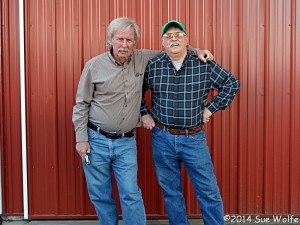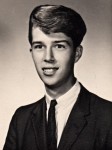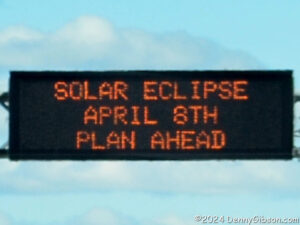 Planning is far too strong a word to describe what I have been doing since August 21, 2017, but I have certainly been looking forward to last Monday’s big event since that date. That date is, of course, when I experienced my first-ever total solar eclipse near Hopkinsville, Kentucky. Near the end of my post on that experience, I mentioned a couple of future eclipses and noted that there was “a decent chance I’ll be around in 2024”. I made it.
Planning is far too strong a word to describe what I have been doing since August 21, 2017, but I have certainly been looking forward to last Monday’s big event since that date. That date is, of course, when I experienced my first-ever total solar eclipse near Hopkinsville, Kentucky. Near the end of my post on that experience, I mentioned a couple of future eclipses and noted that there was “a decent chance I’ll be around in 2024”. I made it.
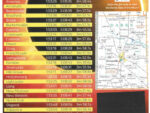
 This time there was no need to leave the state or deal with unfamiliar territory to see the eclipse. 99.822% obscuration was available just outside my door and nearly four minutes of 100% obscuration less than a hundred miles north in the county of my birth. There were plenty of events large and small planned along the entire path of the eclipse but the events planned for the only Darke County in the nation may have had the best and most natural name.
This time there was no need to leave the state or deal with unfamiliar territory to see the eclipse. 99.822% obscuration was available just outside my door and nearly four minutes of 100% obscuration less than a hundred miles north in the county of my birth. There were plenty of events large and small planned along the entire path of the eclipse but the events planned for the only Darke County in the nation may have had the best and most natural name.
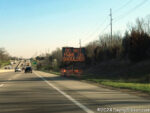 I would be viewing the eclipse from my friend Terry’s backyard just a few miles from Greenville, the county seat. I headed north pretty early in case the predicted heavy traffic actually materialized and started causing problems. I did not see much traffic but I did see evidence that it was expected. For days media of all sorts had been sharing precautions such as gassing up before heading into the anticipated congestion of the eclipse path.
I would be viewing the eclipse from my friend Terry’s backyard just a few miles from Greenville, the county seat. I headed north pretty early in case the predicted heavy traffic actually materialized and started causing problems. I did not see much traffic but I did see evidence that it was expected. For days media of all sorts had been sharing precautions such as gassing up before heading into the anticipated congestion of the eclipse path.
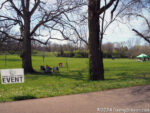
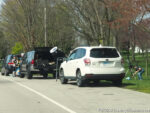
 With time to spare, Terry and I headed into town to see what we could see. Some organized events had taken place over the weekend and more were planned for Monday afternoon but it was way too early for those and there was not a carnival-like atmosphere such as I had seen in Hopkinsville in 2017. That doesn’t mean that eclipse chasers were not in town and beginning to stake out their spots. The biggest gathering of visitors was at the fairgrounds where rows of trailers and RVs belonging to members of the Wally Byam Caravan Club were parked beyond the view of my camera. Attendants guarded all the fairground entrances as well as some other open areas around town with PARKING $15 signs posted.
With time to spare, Terry and I headed into town to see what we could see. Some organized events had taken place over the weekend and more were planned for Monday afternoon but it was way too early for those and there was not a carnival-like atmosphere such as I had seen in Hopkinsville in 2017. That doesn’t mean that eclipse chasers were not in town and beginning to stake out their spots. The biggest gathering of visitors was at the fairgrounds where rows of trailers and RVs belonging to members of the Wally Byam Caravan Club were parked beyond the view of my camera. Attendants guarded all the fairground entrances as well as some other open areas around town with PARKING $15 signs posted.
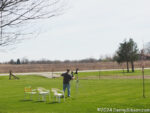 After cruising the town (which we did in abundance during our high school days) we returned to our viewing area to await the eclipse. A week ago, rain was predicted for the day. Then the prediction was mostly cloudy then partially cloudy. Eclipse day started out sunny but there were still clouds around and a partially obscured 100% obscuration remained a possibility. That did not happen and Terry, his wife Sue, and I were treated to an incredible show.
After cruising the town (which we did in abundance during our high school days) we returned to our viewing area to await the eclipse. A week ago, rain was predicted for the day. Then the prediction was mostly cloudy then partially cloudy. Eclipse day started out sunny but there were still clouds around and a partially obscured 100% obscuration remained a possibility. That did not happen and Terry, his wife Sue, and I were treated to an incredible show.

 In 2017 I wrote that it was “kind of ridiculous for me to even try photographing the eclipse” because of the many experts who were capturing and sharing photographs. I did it anyway and I did it again this year. I watched a video and did some reading about photographing the eclipse yet managed to take even worse photos in 2024 than in 2017. But I did not let it interfere with enjoying the eclipse and I am very much enjoying the marvelous photos the pros and near-pros have been sharing.
In 2017 I wrote that it was “kind of ridiculous for me to even try photographing the eclipse” because of the many experts who were capturing and sharing photographs. I did it anyway and I did it again this year. I watched a video and did some reading about photographing the eclipse yet managed to take even worse photos in 2024 than in 2017. But I did not let it interfere with enjoying the eclipse and I am very much enjoying the marvelous photos the pros and near-pros have been sharing.
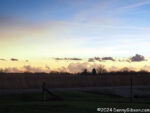

 The length of totality I experienced in 2024 was nearly 50% higher than that of 2017 (159.7 vs. 235.4 seconds). The awe I felt may have been slightly different because I now had somewhat of an idea of what to expect, but it was in no way diminished. I believe that’s Venus visible to the right of the sun but I’m not certain. I also took a picture of a planet visible during totality in 2017 but I did not post it. Here it is. There was also an unused photo of the horizon taken during totality in 2017 but it is not nearly as interesting as the light on the clouds in 2024.
The length of totality I experienced in 2024 was nearly 50% higher than that of 2017 (159.7 vs. 235.4 seconds). The awe I felt may have been slightly different because I now had somewhat of an idea of what to expect, but it was in no way diminished. I believe that’s Venus visible to the right of the sun but I’m not certain. I also took a picture of a planet visible during totality in 2017 but I did not post it. Here it is. There was also an unused photo of the horizon taken during totality in 2017 but it is not nearly as interesting as the light on the clouds in 2024.
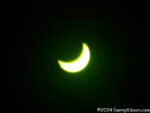 I headed home after a couple of hours and some pizza and didn’t initially find it too crowded. However, a few miles south of Dayton traffic on I-75 began to back up and I slipped off onto OH-741. I don’t know if that was a brief or long-term backup or what the cause was in either case. Traffic was flowing normally on OH-741, I easily reached home, and have my dark glasses tucked away until August 12, 2045.
I headed home after a couple of hours and some pizza and didn’t initially find it too crowded. However, a few miles south of Dayton traffic on I-75 began to back up and I slipped off onto OH-741. I don’t know if that was a brief or long-term backup or what the cause was in either case. Traffic was flowing normally on OH-741, I easily reached home, and have my dark glasses tucked away until August 12, 2045.

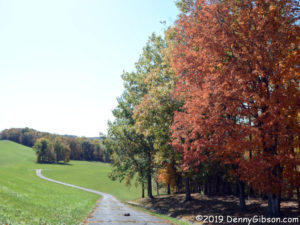

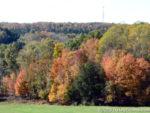

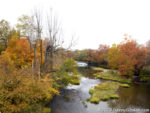
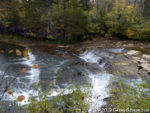

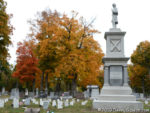
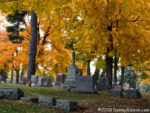

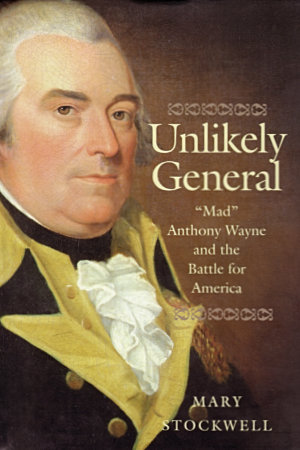 Anthony Wayne gave Fort Greene Ville and Fort Recovery their names. They were significant in both his life and mine although the level of significance is severely tilted toward Wayne. Fort Recovery is where the army led by Arthur St. Clair was nearly annihilated in 1791. It got its name when soldiers under Wayne’s command built a small fort there in 1793. Also built in 1793, Fort Greene Ville stood twenty some miles to the south and was Wayne’s home base during the Northwest Indian War. The treaty ending that war was signed there in 1795. The town that developed on the site of the abandoned fort adopted the shortened name Greenville. I grew up near the midpoint between Greenville and Fort Recovery and adopted Anthony Wayne as a hero at a very early age. I eventually figured out that much of the initial attraction was due the the cool bicorne hat he was commonly shown in, but the fact remains that I’ve known of General “Mad” Anthony Wayne nearly all of my life.
Anthony Wayne gave Fort Greene Ville and Fort Recovery their names. They were significant in both his life and mine although the level of significance is severely tilted toward Wayne. Fort Recovery is where the army led by Arthur St. Clair was nearly annihilated in 1791. It got its name when soldiers under Wayne’s command built a small fort there in 1793. Also built in 1793, Fort Greene Ville stood twenty some miles to the south and was Wayne’s home base during the Northwest Indian War. The treaty ending that war was signed there in 1795. The town that developed on the site of the abandoned fort adopted the shortened name Greenville. I grew up near the midpoint between Greenville and Fort Recovery and adopted Anthony Wayne as a hero at a very early age. I eventually figured out that much of the initial attraction was due the the cool bicorne hat he was commonly shown in, but the fact remains that I’ve known of General “Mad” Anthony Wayne nearly all of my life.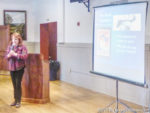
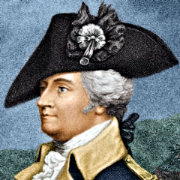 It was probably about sixty-five years ago that I was hooked by that super groovy hat and decided that the dude under it was my hero. It was only a few years later that I saw a painting of a hat-less Wayne and was shocked to learn it was the same person. That painting might even be the same one that appears on the cover of this book. It was at least similar. I recognized that there was more to a man than his hat and Wayne survived as a childhood hero. Inside Unlikely General, Mary Stockwell reveals a lot more than a high forehead. Anthony Wayne was not, as some have interpreted his nickname, insane, but he was a long way from perfect. Perhaps the fact that I’m much older now explains why I was less shocked at learning of the imperfections than I had been at my first sight of Wayne bare-headed.
It was probably about sixty-five years ago that I was hooked by that super groovy hat and decided that the dude under it was my hero. It was only a few years later that I saw a painting of a hat-less Wayne and was shocked to learn it was the same person. That painting might even be the same one that appears on the cover of this book. It was at least similar. I recognized that there was more to a man than his hat and Wayne survived as a childhood hero. Inside Unlikely General, Mary Stockwell reveals a lot more than a high forehead. Anthony Wayne was not, as some have interpreted his nickname, insane, but he was a long way from perfect. Perhaps the fact that I’m much older now explains why I was less shocked at learning of the imperfections than I had been at my first sight of Wayne bare-headed.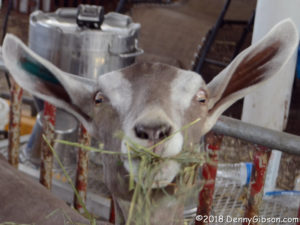
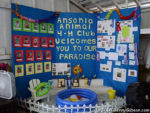


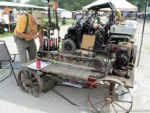
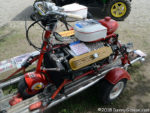
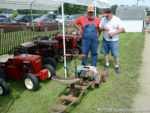


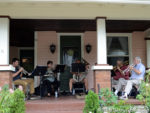
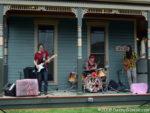
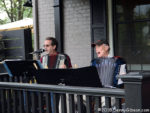



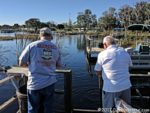
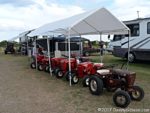


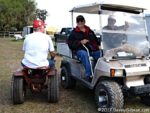
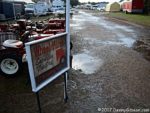
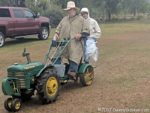
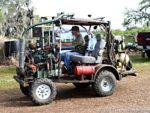


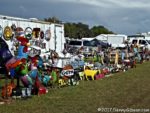
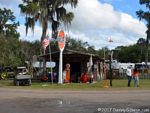

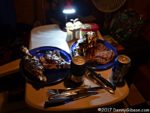
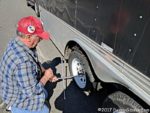

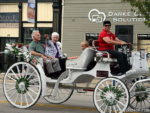
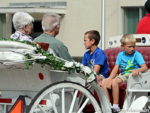
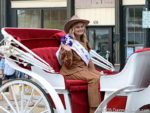


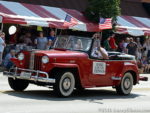

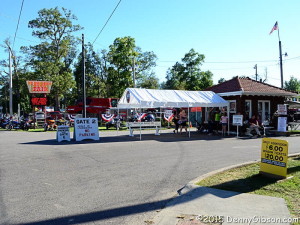
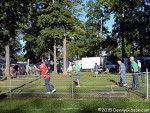


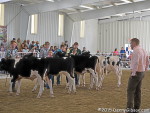
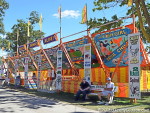
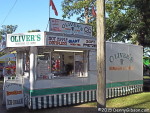
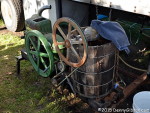
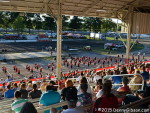
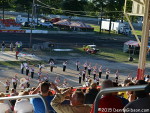
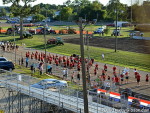


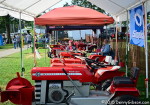
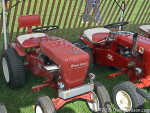
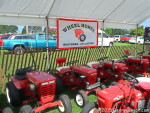
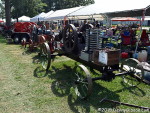
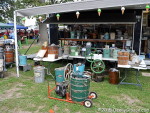
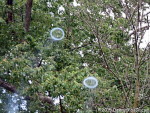
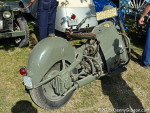

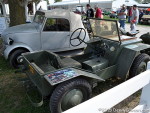
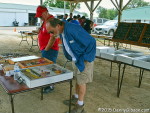

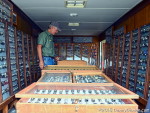
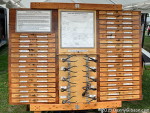
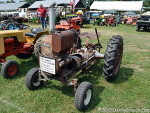
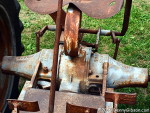
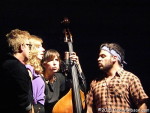
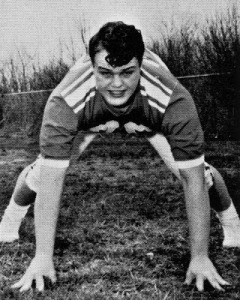 Douglas Dickey never got to be a veteran. He barely got to be a high school graduate. Less than two years after graduation, Doug’s life ended in Vietnam. He was twenty years old.
Douglas Dickey never got to be a veteran. He barely got to be a high school graduate. Less than two years after graduation, Doug’s life ended in Vietnam. He was twenty years old.